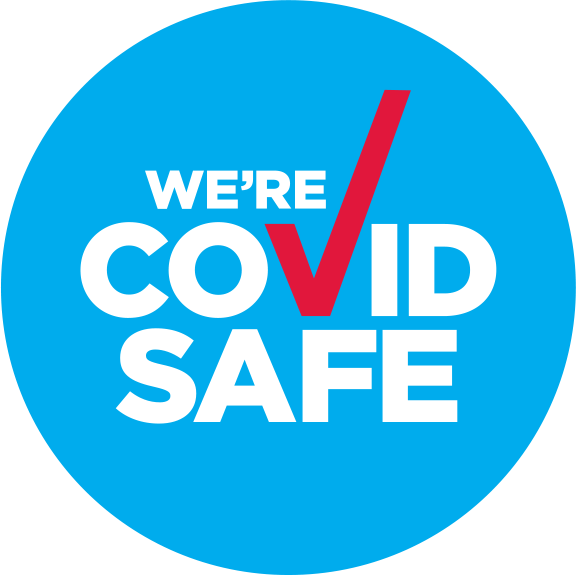
Meeting Smarter
Irrespective of your particular industry or sector (mine happens to be Higher Education) meetings are an essential fabric of both compliance and governance – and provide essential communication within and across the organisation. In my current role, it is not unusual to have at least five or six formal meetings a week – whether it be dealing with operational matters, risk management, work health and safety, student well-being and/or compliance in general.
The pandemic created a new model that has application post-pandemic (remember COVID-19 is still with us) using a range of technology and health solutions that we would be wise to consider as we move forward.
F2F Meetings
There will always be a place for the standard Face-to-Face (F2F) meeting, where people actually gather together and enjoy a degree of socialising and contextualising. This is of particular benefit for new employees who need to get to know those with whom they work – especially if the business is located in multiple sites and states (as is mine). The F2F element provides recognition and context. It is troublesome in terms of cost and health risks.
Online Meetings
The surge in the online option was a direct result of the pandemic and the technology developments have been extremely useful. The mode is incredibly time-saving and cost-effective and I suggest will remain with us for some time.
Hybrid
The hybrid mix (F2F and online options) provides the best of both worlds in that we are able to F2F with our closer colleagues and interface online with those at a distance. The mode works extremely well at present – it is engaging, time efficient and cost-efficient. With the right technology in place, this can be the most effective opportunity moving forward.
Other alternatives
However, there are many other alternatives to in-room and/or online meetings, including sharing a cup of coffee offsite; strolling through the local park chatting along the way; phone conferencing; and during a workout.
The health benefits of outdoors (where possible) and moving about are considerable. Fresh air is always a good thing in a Vitamin D deficient public as Vitamin D is known to increase our levels through outdoor activity. Walking releases endorphins which in turn has a positive spin on your own well-being and positivity.
When moving about (walking through the city or a park), the distraction from taking phone calls and texts is diminished and the focus on the key topic/s can be enhanced considerably, and issues can be dealt with and sometimes solved. The distance planned can also provide you with the necessary start–middle–end of your meeting sequence.
Meetings are an essential aspect of our work – but using creative options and strategies can be very worthwhile with some very positive outcomes, if thought through carefully and used appropriately.
 Emeritus Professor Greg Whateley is the Deputy Vice-Chancellor and Chief Executive Officer at Group Colleges Australia.
Emeritus Professor Greg Whateley is the Deputy Vice-Chancellor and Chief Executive Officer at Group Colleges Australia.






